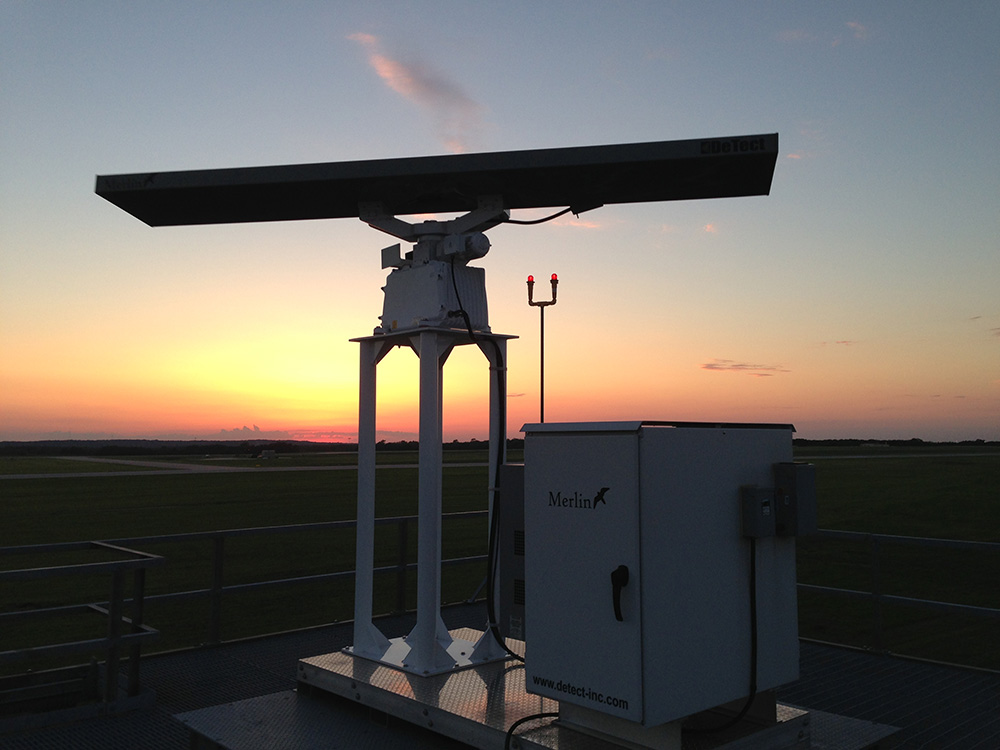Source: www.eastidahonews.com
In April, Lanette Ehlers looked up toward her beloved Taylor Mountain in Bingham County when something caught her eye.
Giant, blinking red lights.
“I was walking down my road at night time. I was enjoying that beautiful spring night,” says Ehlers. “When I looked up, they were right there in my face. And I was finally very tired of the blinking, flashing red lights ruining the night sky.”
Ehlers, a lifelong Bingham County resident, says she first noticed the lights, which warn nearby aircraft of how low they can fly without hitting a windmill, shortly after the 152-megawatt Cedar Creek Wind Farm was built. It opened on April 4.
But after a few days, Ehlers decided she’d had enough.
“I thought to myself, there’s got to be more people who despise these lights like I do. There has to be,” says Ehlers. “So I came right home, sat down, started to Google some things, and found out that there are many people who dislike the red lights.”
Eventually, Ehlers found like-minded locals who also “despised the light pollution.” Together they formed what is now known as “End the Red Light District.”
“I started to talk to some people in the community, and I found about four other people that were willing to go after this,” said Ehlers. “We came up with the name ‘End the Red Light District’, which I think is pretty appropriate for the matter at hand.”
After a deep-dive into research on the lights, the group quickly realized they weren’t alone.
In multiple other states, including Washington, Kansas and North and South Dakota, activists have either proposed or passed legislation against the lights on wind turbines. Instead, they have opted for a different solution – an Aircraft Detection Lighting System (ADLS).
According to North American Clean Energy, an ADLS is a “a sensor-based system that monitors the airspace around a wind farm, activating the obstruction lights only when aircraft are within a defined buffer zone.”
This would mean the red blinking lights would be on for a fraction of the time they are now, only when airplanes are in the vicinity.
“It’s run by a tower that you build up there amongst the windmills, and it has a three-mile detection radius of an incoming aircraft,” says Ehlers. “Once the aircraft reaches that zone, it’s a thousand feet above the highest windmill.”
Once the airplane is in the detection zone, the lights begin flashing warnings. As soon as the plane is outside the zone – the lights go off.
“I mean, it’s fabulous. In our area, especially up there along that ridge, (the lights) would not be on that much,” says Ehlers. “I’ve talked to the airport, and they’ve said that commercial airlines are up too high. They won’t set it off.”
So far, the group has been making headway for their cause, contacting the Bingham County Commissioners to discuss replacing the current lights with the ADLS, and even wind farm owner Clearway Energy Group to talk about the potential to build the new system.
Read the full press release here





